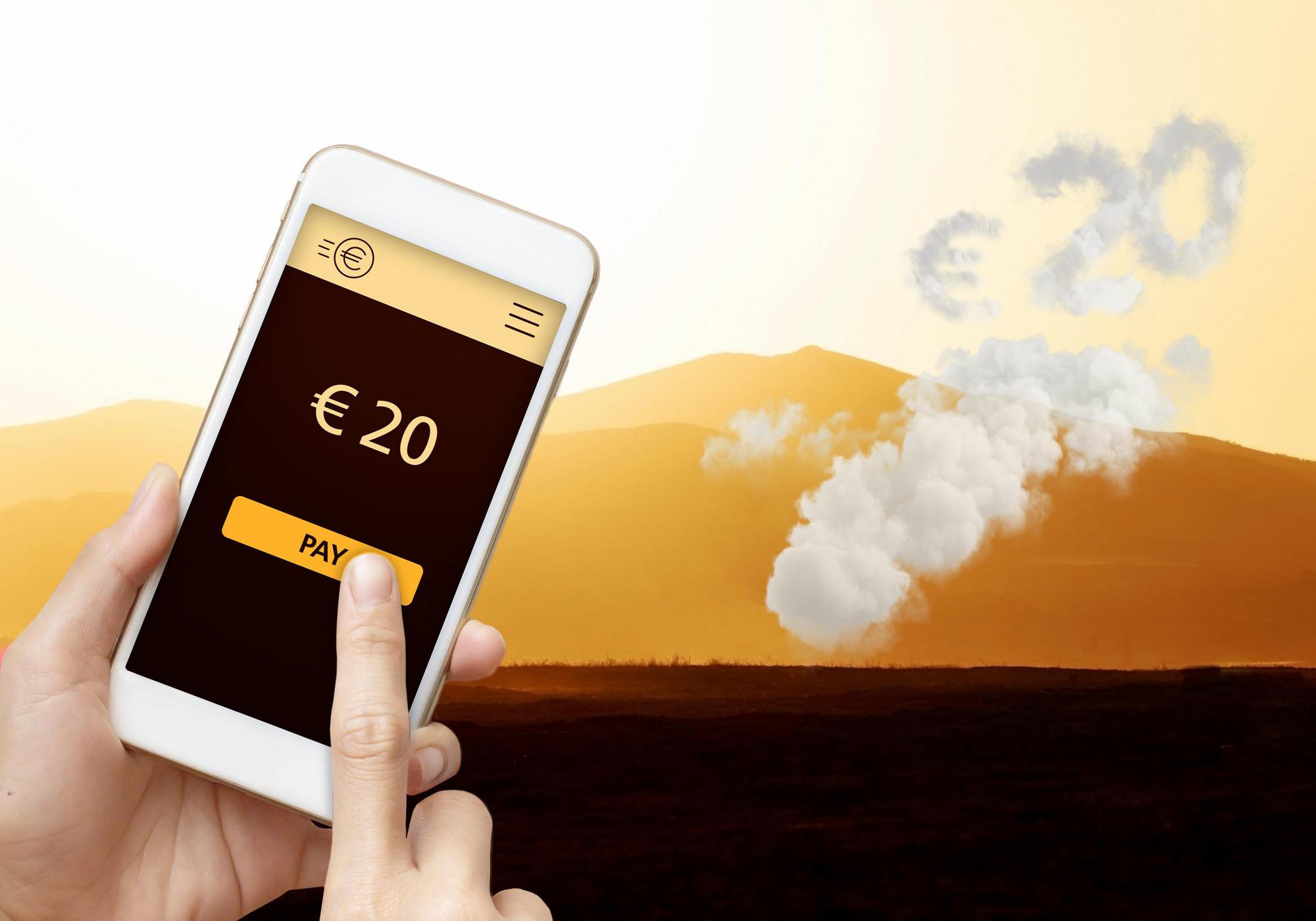What if you received money as quickly as e-mail?

Imagine a friend calls you from Paris. She’s gone on a shopping spree, emptied her account and can no longer buy a return train ticket to Brussels. You’re happy to help out and, after hanging up, you immediately open the banking app on your smartphone to make a transfer. Your generosity does you credit, but there’s a hitch: the transfer you just made is an ordinary one, not an instant payment. Your friend will thus have to wait (at least) a few hours to receive the funds. Not to mention that it's 15:00 on a Friday, meaning the transfer will not go through before banks close at 17:00 and your friend will not have the funds until Monday. If she can’t find another solution, she’ll spend the weekend in Paris without a cent.
In this case, as in others, the processing time for ordinary transfers is a major drawback and limits their use. The smooth flow of funds is a cornerstone of good cash management in the economy. In this respect, ordinary transfers are far from optimal, especially since, for the time it takes for the funds to arrive on the recipient’s account, the transferred amount is no longer available in the originator’s account. This sum is thus temporarily unavailable for use in the economy. However, an electronic payment doesn’t entail any physical movement that would justify such a delay. Such transfers are mere entries on banks’ balance sheets. For a payment to take place, it suffices for the parties involved to agree to make the corresponding accounting entries. It is therefore above all a matter of communication. And since the norm in communication is immediacy, why isn’t this the case for electronic payments?
Key steps towards the roll-out of instant payments
As with any payment instrument, the first step is to define the rules, obligations and technical standards that will apply to the various payment systems actors. The European Payments Council (EPC), whose mission is to harmonise payment methods within Europe, has taken on this task and grouped them together in what is known as a payment scheme, in this case the SEPA Instant Credit Transfer (SCT Inst) scheme. The scheme defines instant payments as transactions with an execution time of no more than 10 seconds from initiation, regardless of the time or day. Since November 2017, payment service providers across Europe have been able to join the EPC scheme to send and receive instant payments.
In accordance with the scheme’s requirements, adequate market infrastructures are needed. The SCT Inst scheme requires that interbank settlement take place within less than 10 seconds, 24/7. To make this possible, payment systems, such as the Centre d'Echange et de Compensation (CEC) in Belgium, have developed platforms to process instant payments. However, these systems often do not allow instant cross-border payments in euro. The Eurosystem and EBA Clearing (a payment infrastructure provider owned by major European banks) have each developed an infrastructure, Target Instant Payment Settlement (TIPS) and RT1, respectively, to make pan-European instant payments possible. In practice, instant payment service providers must hold (directly or indirectly) an account with one of these infrastructures in order to be able to settle between themselves instant payments initiated by or to their customers.
In order to offer instant payments, payment service providers need to adapt their IT systems, processes and customer interfaces so as to comply with the rules and obligations set out in the scheme. The main challenge is to be able to process and exchange all information needed for the transaction in a timely manner. The execution of an electronic payment entails more than simply sending a message. A succession of checks and communications between the various payment system actors is required. For example, applying in less than 10 seconds the legislation on the fight against money laundering and terrorist financing is undoubtedly a highly complex challenge. Artificial intelligence has the potential to greatly facilitate this task by improving the speed and efficiency of payment processes and by facilitating the detection and prevention of fraud.
The network effect of the payments market
In order to fully realise the opportunities inherent in instant payments, adoption must be large scale. The payments market is characterised by a strong network effect: the more widely used a payment method is, the more its users reap the benefits. For example, the ability to successfully execute an instant payment depends not only on the willingness of the payer to make the payment, but also on the payee’s ability to receive it. On the one hand, extensive adoption is needed to encourage market players to develop new services based on instant payments. On the other hand, these new services must multiply in order to increase demand for this type of payment. It's an endless loop.
In October 2022 the European Commission proposed to make instant payments the new norm, pushing payment service providers offering ordinary transactions to also offer instant payments at no extra cost.
The European Commission wished to address this problem and, in October 2022, published a proposal for a regulation to support the emergence of instant payments as a new standard in Europe. If the regulation is adopted, any payment service provider offering ordinary credit transfers will have to offer instant payments as well, at no additional charge. This would be a major step forward in the European payments industry.
A new standard to benefit users
The benefits of instant payments go beyond simply improving the user experience compared to ordinary credit transfers. Indeed, instant payments can be used in situations where ordinary transfers cannot.
For example, instant payments can be used by individuals to split the bill in a restaurant or to pay for a piece of furniture or a used car. They can also be used to make urgent transfers to friends in need.
Businesses can use instant payments, for example, for intra-group transfers justified by short-term cash flow needs, to correct payment errors or to pay employee salaries.
In the retail sector, the immediacy of instant payments is a particularly convenient and attractive feature. Both at physical points of sale and online, instant payments facilitate the development of alternatives to card-based payment systems and are welcome competition on this segment of the payments market, which suffers from a high degree of concentration, particularly for cross-border payments. This is all the more true considering that the most widespread cross-border payment solutions are currently offered by non-European players. The payments industry is strategically important and instant payments have the potential to strengthen European sovereignty.
Instantaneity has become the key to innovation in the field of payments. Instant payments will permanently change our payment habits for the better.







